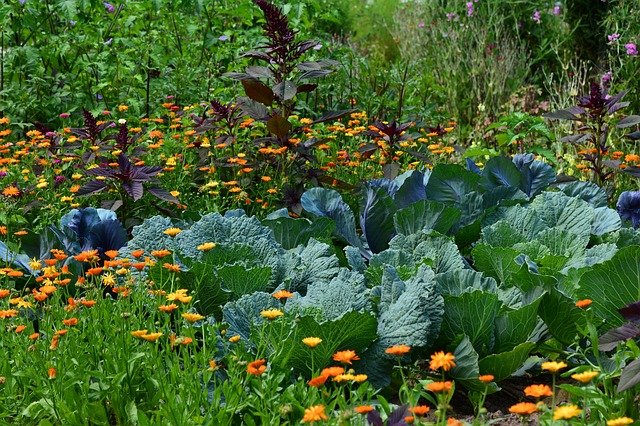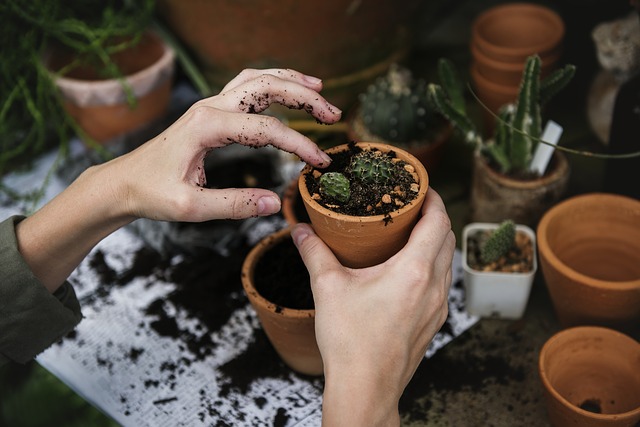The basic principles of permaculture gardening go hand in hand with the modern trends of society, including:
*Gradual improvement of soil quality by home cultivation
* Use of all available space, including vertical
* Implementation of a system to contain moisture in the ground
* Optimize production without the use of chemical sprays or synthetic fertilizers
If you agree with at least 1 of these concepts, consider establishing such a garden. How to do it?

1. Let\’s start on paper
Of course, the design itself is an important part, especially if space is limited. First of all, we divide the entire space into individual zones – we plant the most frequently used plants (herbs, etc.) closest to the house. When planting a tree, consider whether it is possible to support other plants with a trunk that will later climb. Alternatively, there are also various smart applications for planning flower beds and crops.
2. Choose your Will
Do you want to water as much as possible, or do you want to create a garden that takes care of yourself? Choose from a number of intentions and orient yourself accordingly.
3. Make a list of vegetables and fruits you often buy
If you often cook soups, and at the same time completely do not need salads and tomato sauce, then planting only 30 seedlings of tomatoes and 1 row of carrots will help in addition to the amount of plants that you can process and consume, choose some excess in case of parasite infestation and other risks.
4. Follow the plan
5. Feed and Care
For fertilization, homemade compost or animal manure is used for permaculture cultivation. If you take mulch on the bare ground, then you do not need to weed the weeds so often. It can be a crushed bark, a pile of chopped grass or a crushed leaf. At the same time, this will prevent excessive evaporation of water from the ground.

6. Harvesting and Process
At the end of the season, harvest your success and do not forget to properly store or process vegetables so that all the work is not wasted.
7. Rotation and repetition
In winter, when you are not gardening, sit on a piece of paper and design a new design for the next season. It is necessary to rotate different plant species, since each of them plays a different role in the context of soil nutrition.